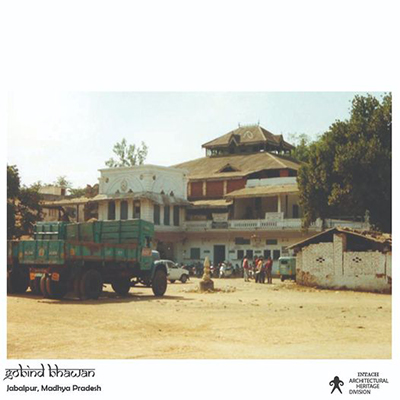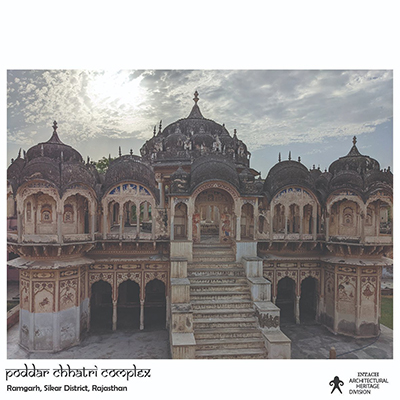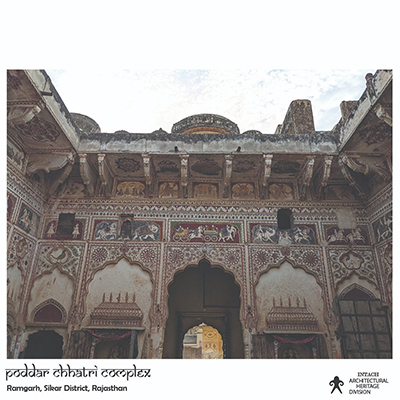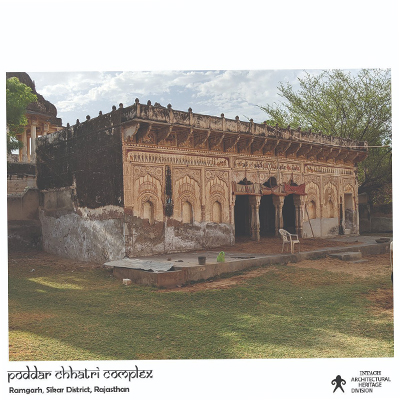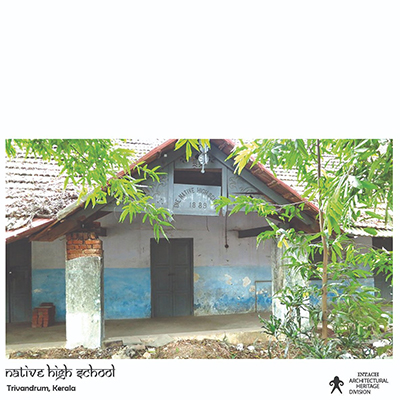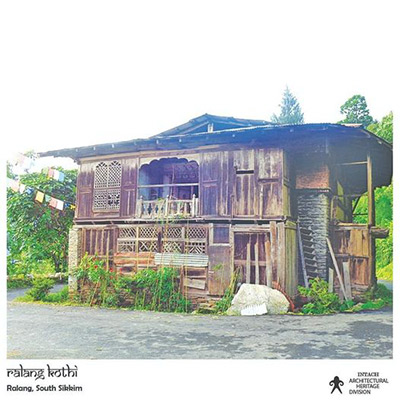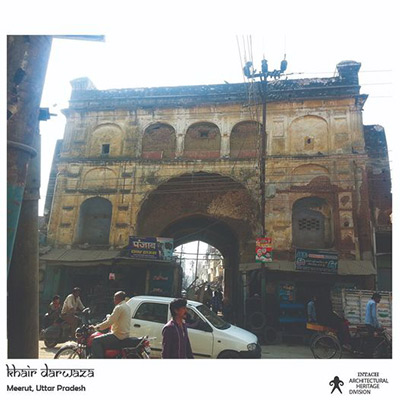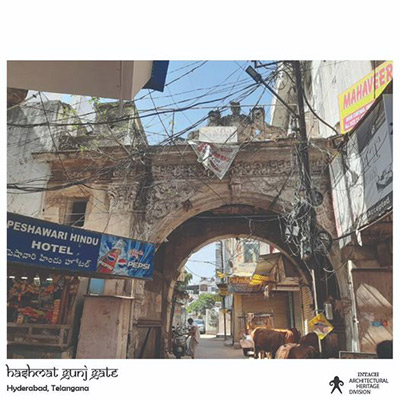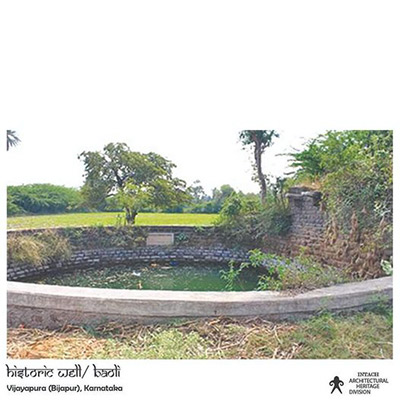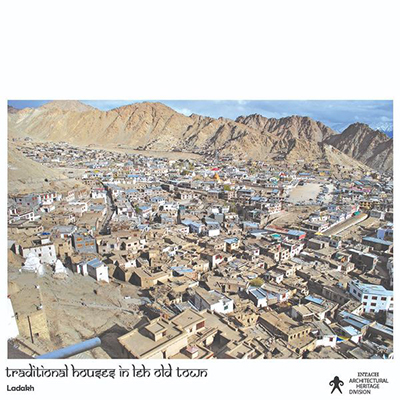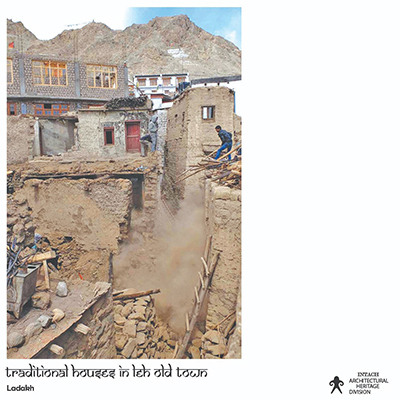H@R 296/365 Fraser House (Old Ali Mardan Khan Haveli) Kashmiri Gate, Delhi
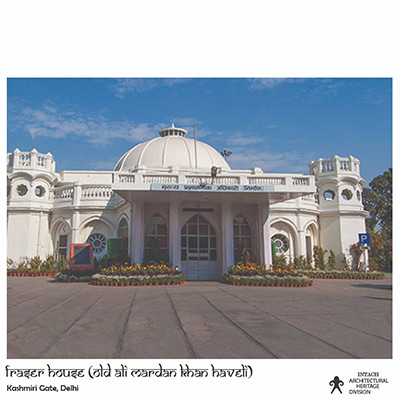
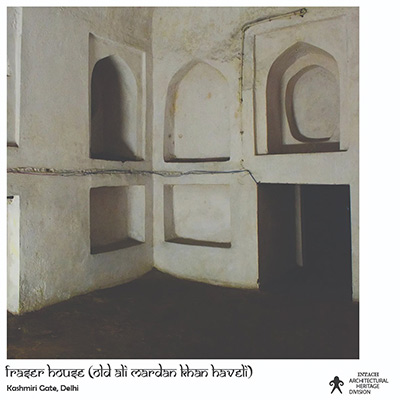
H@R 296/365
Fraser House (Old Ali Mardan Khan Haveli) Kashmiri Gate, Delhi
Built in 1803 CE by William Fraser, it was once the residence of the former British Commissioner of India (and was first appointed as the deputy resident of Delhi). It is located behind St. James Church in Old Delhi. It was constructed over the Mughal Palace which belonged to Ali Mardan Khan, an engineer in Shahjahan’s court. The building was converted into the office and administrative headquarters of the Chief Engineer of the Northern Railways for construction works. Most of the historic character of the building is lost today, due to additions and alterations. The basement cellars or tykhanas are especially in precarious condition.



